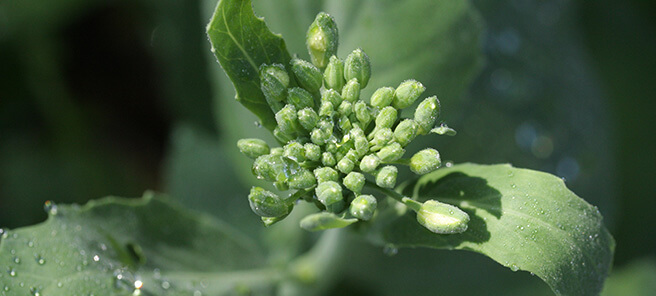In most plants, increased CO2 reduces water use or transpiration. This is because the pores in the leaves – stomata – partially close, reducing water loss. The effect can be significant. For example, a free air CO2 enrichment (FACE) study on wheat showed that water-use efficiency was 19% higher under elevated CO2.
This may be particularly important if, as predicted, dry periods increase and rainfall decreases.
The practical reality, however, is that in Australia virtually all vegetable crops are irrigated, and even though the price of water for irrigation rose to $1500 per ML in Australia in 2008 during a severe drought, vegetable growers are otherwise able to supply their crop water requirement without difficulty.
Electricity for pumping water is a major source of greenhouse gas emissions for the vegetable industry. If the crop water use can be reduced, through a combination of better crop water management and measuring soil moisture levels, it may be possible to reduce the water use requirement and therefore reduce the emissions and power costs in production because irrigation pumps can be run for a shorter time.
Physiological disorders such as tipburn in lettuce and brassica crops, blossom-end rot in tomato, capsicum and watermelon are sometimes associated with excessive transpiration, so the incidence of these disorders may be reduced under elevated CO2.
[1] Peet, M. M. and D. W. Wolfe (2000). Crop ecosystem responses to climatic change: vegetable crops.
